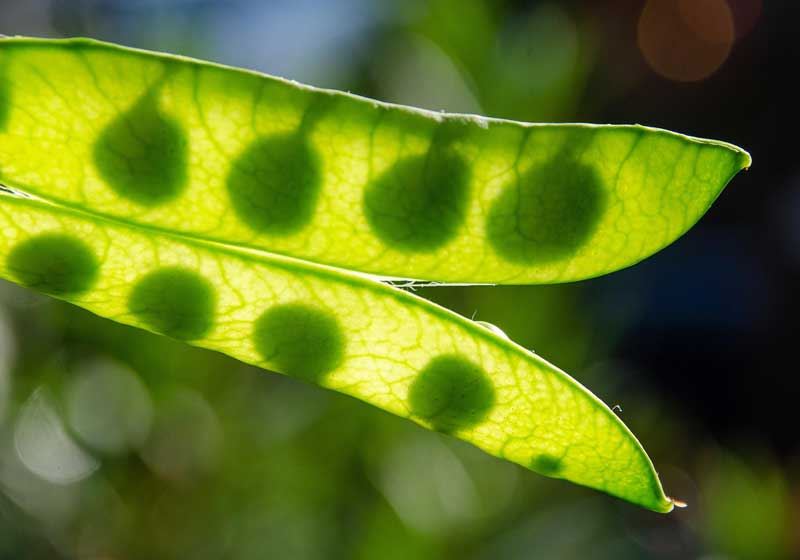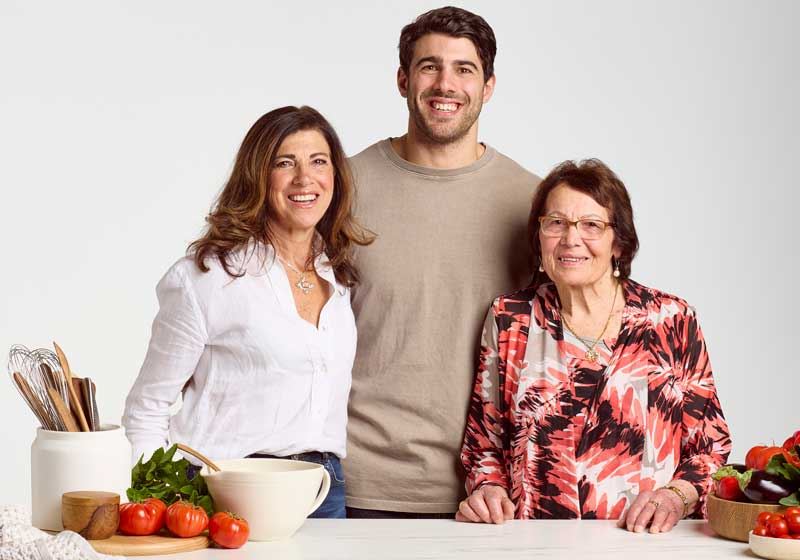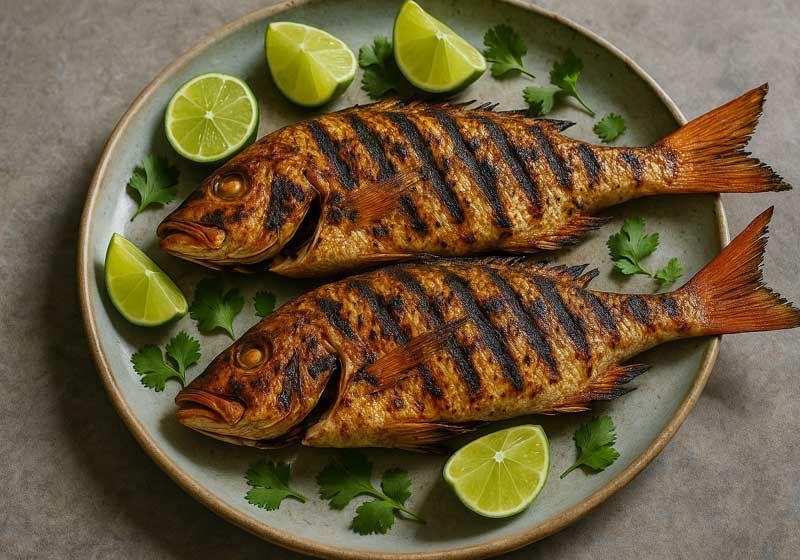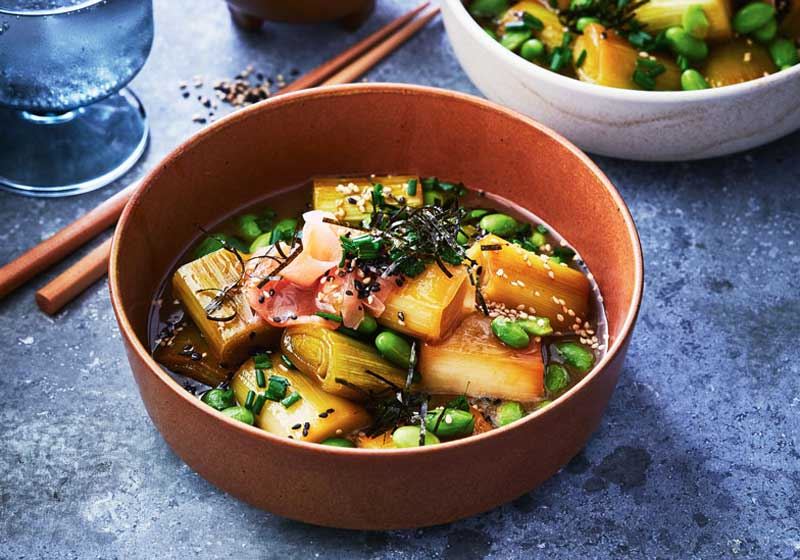By Leigh O’Connor.
Jung Eun Chae caused a sensation when she opened her tiny Brunswick apartment to six diners a night, four times a week with a waiting list that exploded to more than 8000 people.
Her medicinal style of traditional South Korean cooking has garnered her many awards, including her restaurant Chae coming in with 15 hats in the AGFG 2024 Chef Hat Awards. Chae has since moved her eponymous six-seat dining destination to rural Cockatoo where the intimate setup is perfect for her cooking style to share food with a wider audience.
"My story is a slow and quiet one. It’s about tradition and change, connection and absence and a refusal to let go of impossible dreams,” she says.

This is what led her to write her new cookbook, ‘Chae – Korean Slow Food for a Better Life’. This is so much more than a cookbook – it’s an essential guide to slow Korean food and fermentation, which follows the seasons of a calendar year: Summer, Autumn, Winter and Spring.
Each season forms its own chapter with about 15-20 recipes and foundations, pairing traditional Korean techniques with native Australian produce.
Chae makes everything from scratch in her home kitchen – from dubu (tofu) to gochujang (red chilli paste), ganjang (soy sauce) to kimchi. The meticulous, minimal-waste recipes and techniques she shares are inspired by her mother who was born in the South Jeolia province of South Korea.
We have three delicious recipes to share for AGFG cooks to replicate at home:

"Jjigae is a Korean soup or stew and this version is one of the most popular, enjoyed all year round. It’s endlessly adaptable. My grandma loved to use mussels, but any seafood is fine. You could even do the same dish with beef, or leave meat out altogether and do it with tofu and vegetables in kelp stock.”

"Kimchi-jjim is one of Korea’s favourite dishes, a daily food that every family will prepare in a slightly different way. Even when the recipe is the same, everyone’s kimchi is different so the dish will have its own character. I’ve even changed my recipe from my mum’s version: she doesn’t use stock. I’ll eat this any day, any time with boiled rice.”

When you have very important guests coming over, you might prepare this elaborate kimchi, which requires many ingredients, quite a lot of time and fine knife work. Radishes are finely scored, stuffed, then wrapped in cabbage leaves to ferment. Despite the name, there’s no pomegranate in this recipe – the name refers to the appearance, which recalls a split pomegranate with its arils exposed.
Raw chestnuts can be a tricky ingredient. To assist in peeling, you can cut a little cross in the shell and warm them in a microwave to loosen the skin.
Forget the usual Korean cookbooks of fried chicken, barbeque and bibimbap – ‘Chae’ is a restorative journey into the heart of an ancient cuisine.






